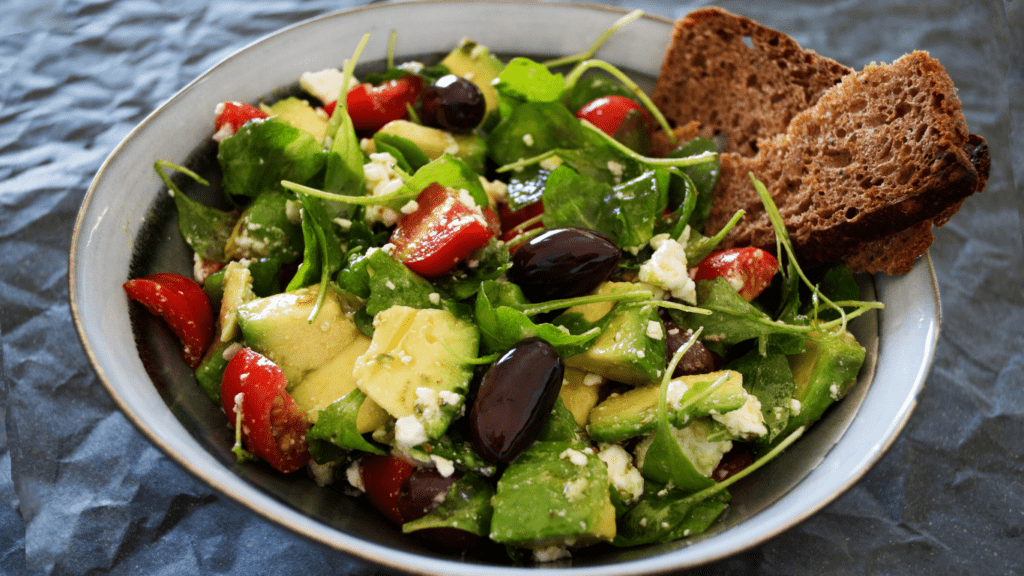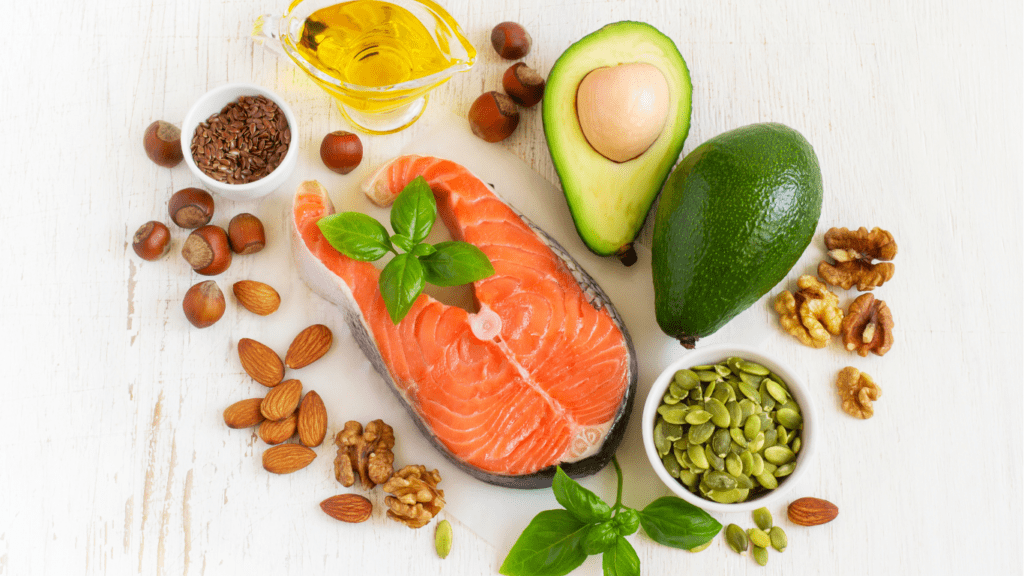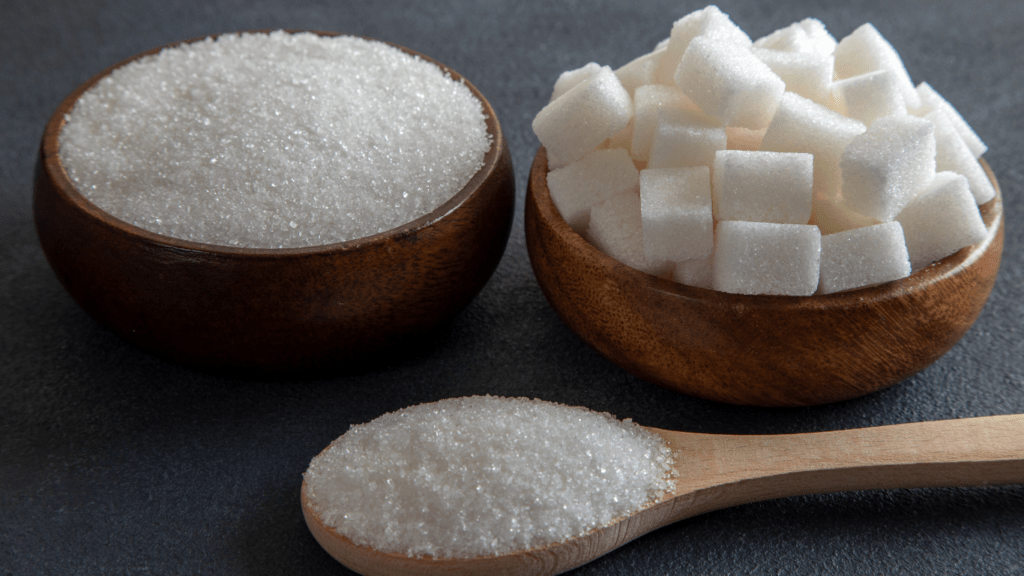Understanding Superfoods
In understanding superfoods, it’s essential to recognize their unique properties. Superfoods are not a marketing gimmick; they contain high levels of essential nutrients. For instance, berries like blueberries and strawberries are rich in antioxidants that combat oxidative stress. Leafy greens such as kale and spinach offer an abundance of vitamins and minerals crucial for maintaining bodily functions.
The nutritional density of these foods sets them apart. Quinoa provides a complete protein source, rare in plant-based foods, while chia seeds deliver omega-3 fatty acids, supporting heart health. These attributes suggest that integrating superfoods can significantly boost overall nutrition.
While their benefits are extensive, it is important to consider variety in consumption. Relying solely on superfoods won’t replace a well-rounded diet. Balance remains key; superfoods enhance rather than replace essential dietary elements. Understanding these dynamics helps maximize the health advantages of superfoods without compromising other dietary needs.
Incorporating superfoods thoughtfully ensures that their potential is fully utilized. By carefully selecting foods known for their nutrient density and distinctive health features, individuals will find a powerful ally in their quest for better health.
The Nutritional Benefits of Superfoods
Superfoods offer a convenient way to boost dietary intake of vital nutrients. They serve as excellent sources of essentials that support overall health.
Packed with Essential Vitamins and Minerals
Superfoods provide a rich supply of vitamins and minerals that the body can’t produce on its own. Leafy greens such as kale and spinach are loaded with vitamins A, C, and K, alongside vital minerals like iron and calcium. Quinoa, often classified as a superfood, contributes magnesium and phosphorus, which play crucial roles in bone health and energy production. These nutrient-dense foods aid in maintaining cellular function and strengthening the immune system.
Rich in Antioxidants and Phytochemicals
Antioxidants and phytochemicals protect cells from oxidative stress and reduce inflammation. Berries, like blueberries and strawberries, are renowned for their high antioxidant content, particularly anthocyanins, which combat free radicals. Chia seeds, containing lignans and other phytochemicals, offer additional protective benefits. These compounds contribute to lowering the risk of chronic illnesses, highlighting the significance of incorporating superfoods into a balanced diet.
Popular Superfoods to Incorporate

Exploring the realm of superfoods leads me to uncover ingredients that profoundly enhance health. Each possesses unique qualities that significantly boost nutrition.
Berries: Nature’s Antioxidant Powerhouses
Berries stand out with their rich antioxidant content.
- Blueberries
- strawberries
- raspberries
help protect cells from damage and reduce inflammation. These fruits are versatile additions to smoothies, cereals, and desserts. With a low-calorie profile, berries offer a nutrient-dense option abundant in vitamins C and K, plus fiber.
Leafy Greens: Nutrient-Rich and Versatile
Leafy greens, including spinach, kale, and Swiss chard, pack essential vitamins and minerals. They’re potent sources of vitamins A, C, and K, crucial for bone health and immunity. Green leafy vegetables also contain fiber, promoting digestive health. Whether steamed, sautéed, or blended into smoothies, these greens offer a variety of culinary uses.
Nuts and Seeds: Heart-Healthy and Protein-Packed
Nuts and seeds provide heart-healthy fats and plant-based protein. Almonds, walnuts, and chia seeds contain omega-3 fatty acids that support cardiovascular health. These tiny powerhouses also offer magnesium, a mineral vital for muscle and nerve function. Snacks, salads, or oatmeal benefit from adding these nutrient-rich superfoods.
How to Incorporate Superfoods into Your Diet
Adding superfoods to meals enhances nutrition without significant changes. Simple tweaks make a substantial impact on health.
Easy Superfood Recipes to Try
Exploring new recipes can simplify adding superfoods to your routine. For breakfast, a smoothie with spinach, blueberries, and chia seeds is nutrient-dense and quick. For lunch, a quinoa salad with kale, avocado, and almonds offers a delightful mix of textures and flavors. Dinner ideas include salmon with a side of roasted Brussels sprouts and sweet potatoes. Desserts can feature dark chocolate and walnuts for a sweet and healthy treat.
Tips for Including Superfoods in Daily Meals
Practical tips help seamlessly integrate superfoods into everyday meals.
- Stock a variety of superfoods like nuts, seeds, and berries for easy snacking or meal additions.
- Consider mixing superfood powders like spirulina or matcha into smoothies or yogurt.
- Replace white rice or pasta with quinoa or whole grains for added nutrients.
- Lastly, aim to feature a superfood in each meal, whether it’s adding leafy greens to a sandwich or a handful of berries to cereal.
The Future of Superfoods
Emerging trends in superfoods indicate exciting possibilities for health-conscious individuals. Innovations in food science and agriculture are expanding the superfood category beyond familiar favorites like berries and leafy greens. Algae, such as spirulina and chlorella, offers immense protein and nutrient levels, positioning them as sustainable additions to diets. Lab-grown meat and plant-based alternatives, rich in proteins and healthy fats, further underline the shift towards nutritionally dense and sustainable food sources.
Advancements in genetic engineering and agritech are yielding crops with enhanced nutritional profiles. Golden rice, enriched with vitamin A, and biofortified beans with added iron exemplify efforts to combat nutrient deficiencies globally. These enhanced foods could redefine dietary practices, particularly in regions facing malnutrition challenges.
Superfood powders, like matcha and moringa, are gaining popularity for their convenience and concentrated nutritional benefits. These powders simplify the process of incorporating superfoods into daily routines without significant meal preparation adjustments. Start-ups focusing on these products are driving innovation through creative flavor combinations and targeted health benefits, catering to diverse consumer needs.
As climate change impacts food production, the future of superfoods may focus on sustainability and environmental impact. Quinoa, known for its adaptability to various climates, alongside drought-resistant crops like millet, emphasizes a potential shift toward environmentally-friendly superfoods. These choices can align individual health goals with ecological responsibility, paving the way for conscientious consumption patterns.




